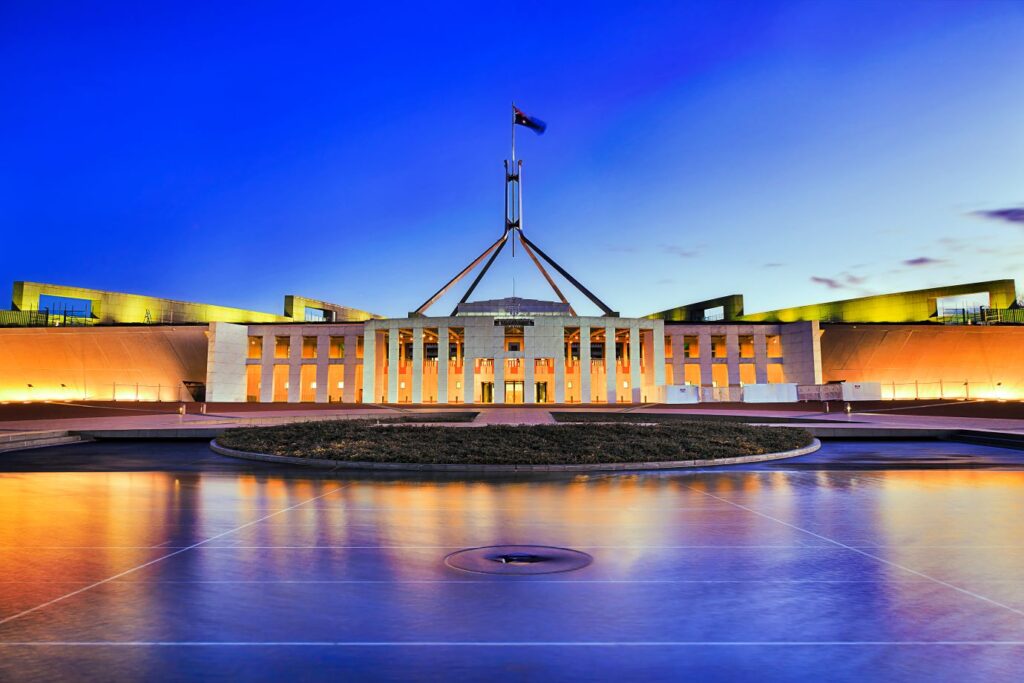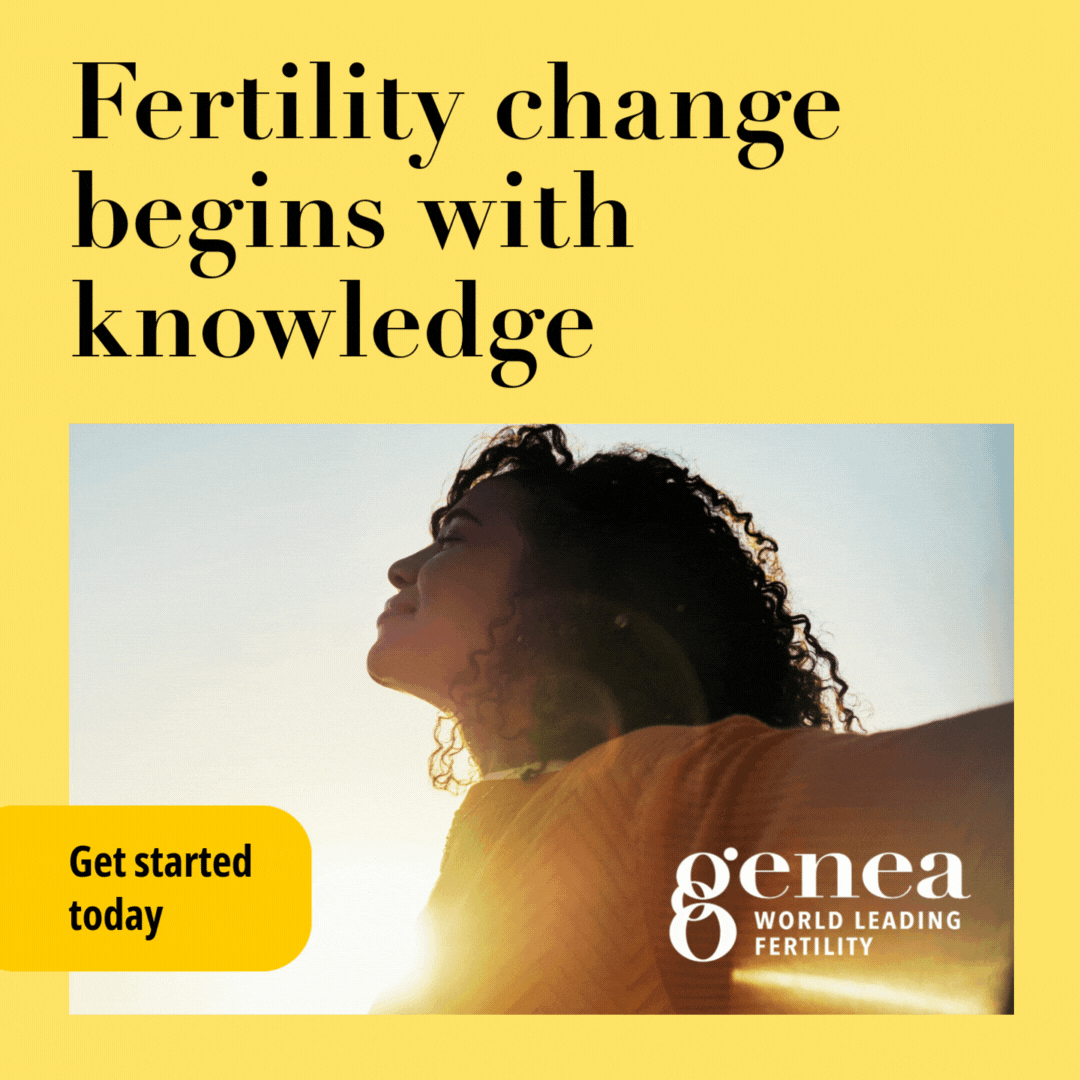There has been a lot of excitement coming from different directions about the increased number of women elected in the recent federal election.
For the first time in history, the Australian Parliament has gender parity across both houses, with more women than men in both the governing party overall and in the federal cabinet. This comes more than 120 years after women were first allowed to stand for federal parliament, and decades after Labor established its gender quota strategy.
The crossbench is also populated predominantly by women and the Australian Greens have elected women to their top party leadership positions. The Coalition has far fewer women overall but, for the first time in history, the Liberal Party has elected a woman leader. As a long-time feminist, and founder of a women’s organisation promoting greater representation of women in climate change decision making, this is a lot to get my head around.
A big question remains of how well all this gender balance in numbers actually translates to a balance in influence. You can’t ‘level the playing field’ by having the same number of players on each team if one team is running downhill while the other team is running uphill. Even with equal numbers in parliament, women are metaphorically running uphill against centuries of baked-in patriarchal systems and policy frameworks. The Westminster system of government, upon which the Australian parliamentary system is based, is a prime example. All those party room photos and Parliament House portraits that the newly elected women have to walk past and sit under send an ongoing message about where the power resides and for the past 120 years, women have been ‘fitting in’ to these systems.
Writing in Women’s Agenda on why Australia needs a united feminist front, Chloe Watts recently quoted Dr Anne Summers’ observation from the mid-1990s that the women’s movement had ‘lost its teeth’. This loss of agency, which has continued to the present day, can arguably be attributed to the increased amount of ‘fitting in’ women have been doing over the past few decades. Women have been working so hard to compete with men in the current organisational structures, that they may have neglected to develop their own policy and leadership paradigms to bring a gender lens to social policy, economics, technology development and use, so-called defence and security (aka peacebuilding), and climate change and environmental policies.
Meanwhile, policy issues that have the most direct impact on women, including violence against women, have garnered limited political will to make real change. Chloe Watts suggested in her article that this ‘scattered political will’ may reflect scattered advocacy by women and calls for a ‘feminist coalition’ to provide some genuine unity and momentum. This unity is needed to shift the dial right across the policy spectrum where women’s voices have been underrepresented, including social equity and justice, environmental protection and peacebuilding.
There is no shortage of evidence that women are fed up with the status quo. An ABC 7.30 special in 2021, ‘Why women are angry’, showed that women are fed up about the various inequalities still faced on a daily basis, including issues that are magnified for those who are already marginalised. An event in Climate Action Week Sydney earlier this year gave expression to the fury women feel about the slow pace of action on climate change. This is reflected in the increased number of women standing for election. However, there is a tacit acceptance that power will equalise across genders and also flow to other marginalised groups as they gain more visibility in the parliament. But this won’t happen unless there is some stepping back by current powerbrokers and a conscious regrouping to allow women and other marginalised groups to take the floor and explore their priorities and worldview.
What could this look like in our sparkling new 48th Parliament? What would be a truly fitting celebration of this historic milestone of achieving gender parity?
One option would be for the government to initiate and fund a wide ranging nonpartisan Women’s Summit to canvass policy input from women in all diversity, including First Nations women, older and younger women, women with disabilities, gender-diverse women, rural, regional and metropolitan women, women involved in a range of professions, industries and community sectors, scientists, artists and more. This could be similar in scope to the 2020 Summit initiated by Kevin Rudd in 2008 but led by women.
Without giving up their own party allegiance, women from across the political spectrum, supported by male allies, could loosen the shackles of historical ideology and bring their shared experience to inform policy development and implementation while still allowing robust and constructive debate among parties and individuals in the parliament.
What better way to celebrate in the long-overdue achievement of gender parity in parliament than to amplify the voices of women across the country through their representative in parliament? To finally fill the gap created by centuries of patriarchy for the benefit of women and men alike. And as for all those photos and portraits that adorn the halls of power – imagine if everyone agreed to take them down and replace them by artworks that reflect our common humanity and reconnect those viewing them to the sacred responsibility of government to care for people and planet.
Support Women’s Agenda! We are 100% independent and women-owned. We’re covering the Federal Election from the perspective of what matters to women, and always keeping the issues that matter for women on the daily agenda. Foundation memberships are just $5 a month.
Bonus: you’ll receive our weekly editor’s wrap of the key stories to know every Saturday.



